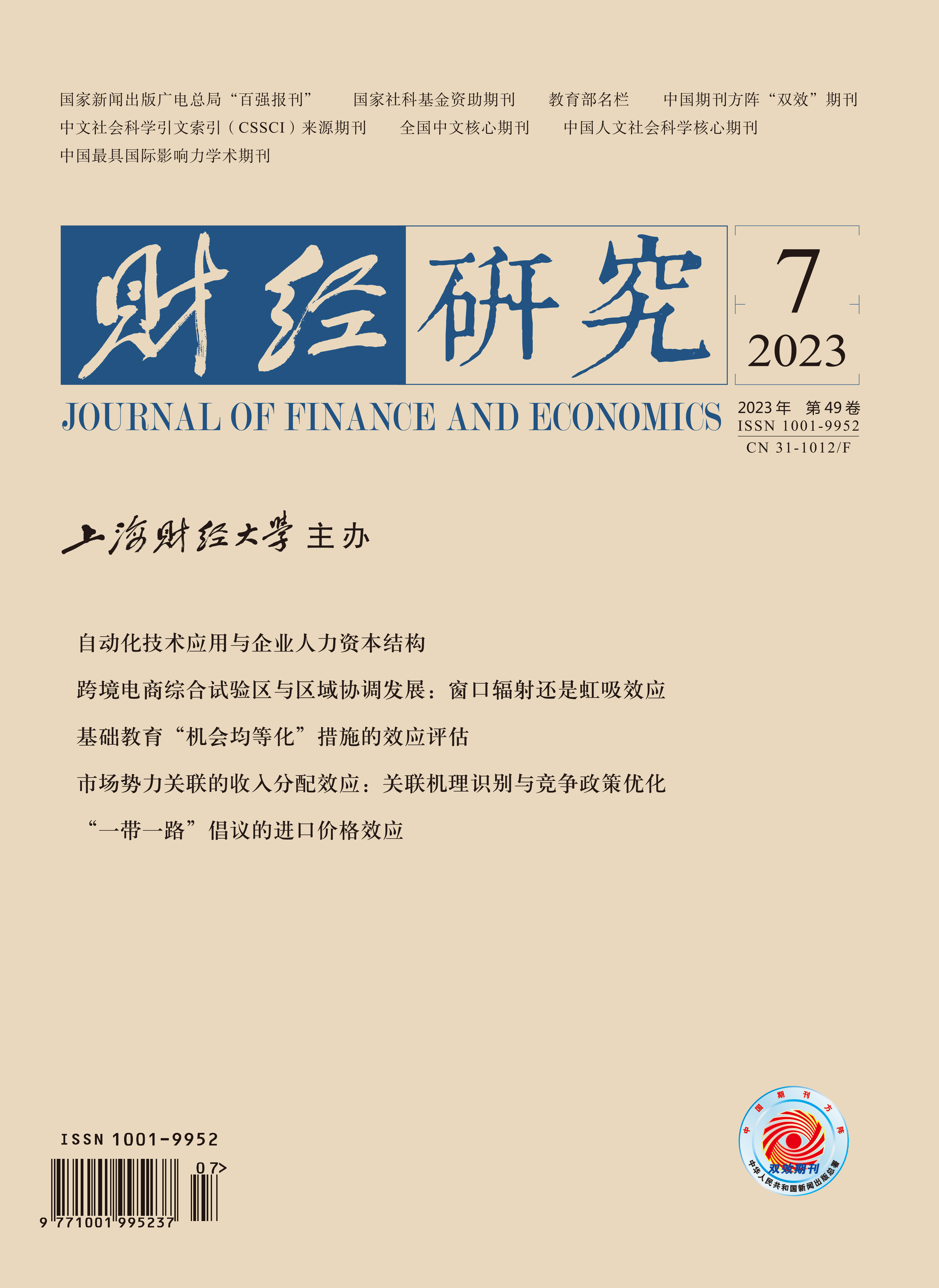Will the rapid development of industrial automation technology bring about “human-machine coexistence” or “machine replacement”? Scholars have extensively discussed the relationship between the application of industrial robots and employment in China around this topic. However, in the context of the global value chain and the competitive development of artificial intelligence industries by various countries, China cannot avoid being influenced by foreign robot applications while participating in global production division.
This paper first constructs a multi-country and multi-sector Ricardian trade model to show that domestic robot applications have both substitution and compensation effects on labor, and foreign robot applications through trade channels will also have similar effects. Second, using microdata from population censuses, IFR robot data, and WIOD input-output data, this paper applies the Shift-Share method to investigate the impact of domestic and foreign industrial robot applications on employment in Chinese prefecture-level manufacturing industries. The estimation results based on benchmark regressions and robustness tests show that: The compensation effect of domestic robots is greater than the substitution effect, thus promoting regional manufacturing employment; while foreign robot applications have a compensation effect on manufacturing employment through intermediate goods trade channels, but a substitution effect on manufacturing employment through final goods trade channels. Additionally, the study finds that the impact of domestic and foreign industrial robot applications on employment is subject to individual heterogeneity, industry heterogeneity, and regional heterogeneity. Further research reveals that foreign robot applications mainly affect labor employment by changing the export trade structure of regions. These research findings have certain guiding significance for objectively assessing the impact of robots on employment, formulating policies for the development of the robot industry, and improving the international division of labor in manufacturing.





 5634
5634  5714
5714

